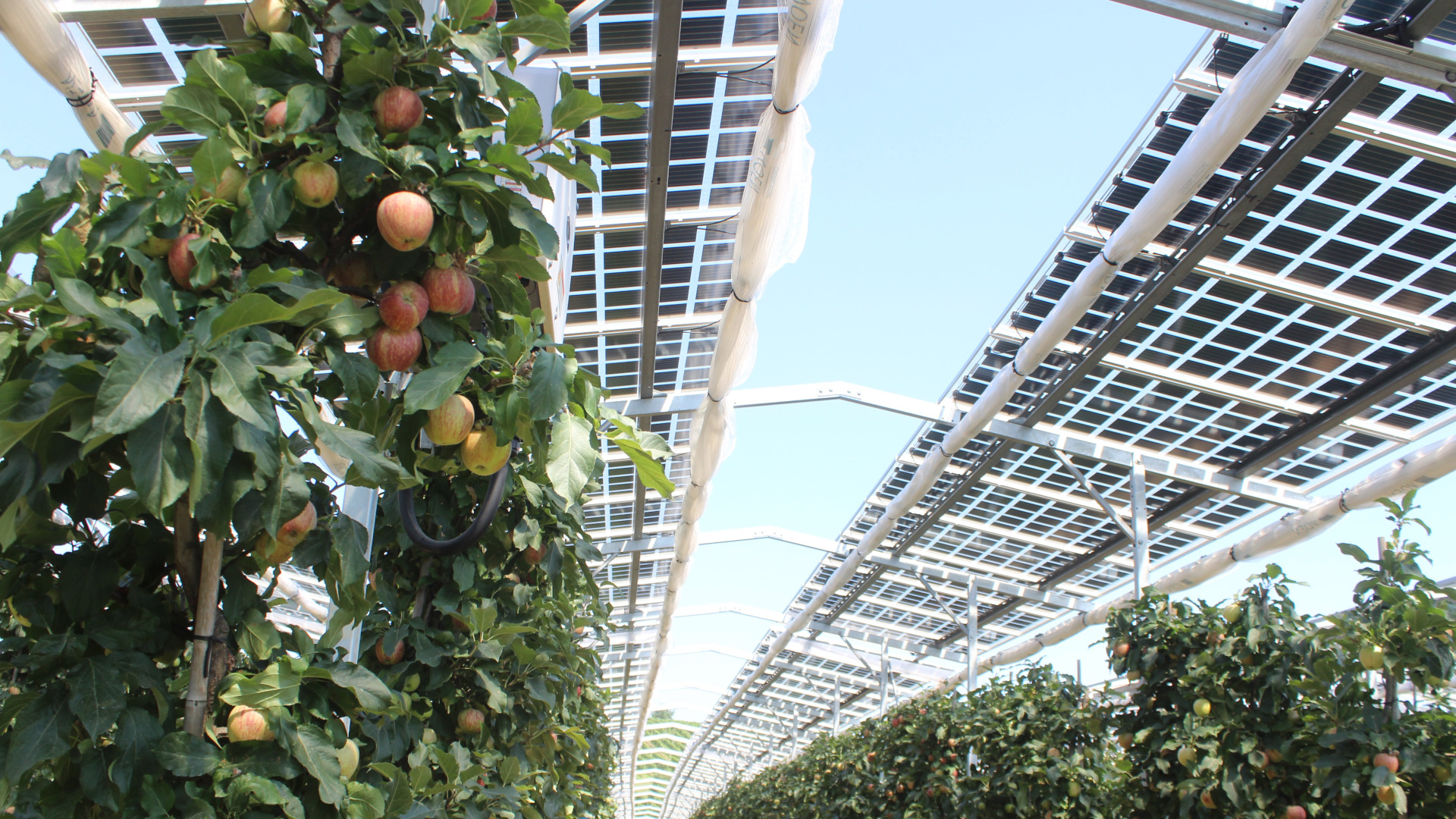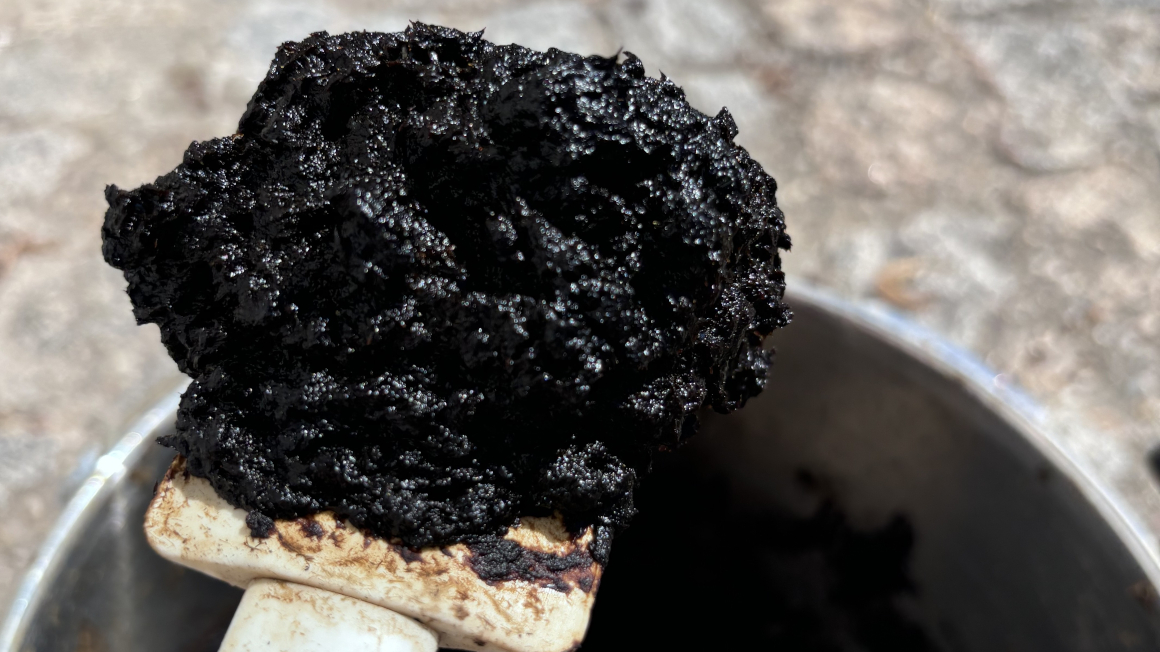Getting the best from biowaste with worms
Michael QuinternProfession:
Agricultural scientist
Position:
Managing Director of Noke GmbH in Lübeck

Profession:
Agricultural scientist
Position:
Managing Director of Noke GmbH in Lübeck

Michael Quintern breeds earthworms to transform biowaste into precious humus.
Earthworms are not everyone's cup of tea. But the small animals living in the soil have their virtues: they loosen up the soil and thus ensure better water and nutrient uptake by the plants growing there. On their way through the soil, they also consume huge amounts of organic material, which is ultimately excreted as humus. NOKE founder Michael Quintern took advantage of the characteristics of these natural soil conditioners. Since 2017, Quintern, who holds a PhD in soil science, has been breeding earthworms on farms in order to transform organic waste from agriculture into humus. With the mobile Hungry Bin worm farm, the Lübeck-based company now also wants to win canteens over to the idea.
How did you come up with the idea of refining biowaste using earthworms?
I came up with the idea of refining organic waste using earthworms in New Zealand. In 2006, I was commissioned to convert organic waste into soil humus there. I met a 'worm farmer' who had a family business producing humus from pig manure with his earthworms. The challenge for me at the time was: "Instead of ten wheelbarrows full, can I feed ten truckloads of organic waste to earthworms in one day?"
How many earthworms are active in a composter and where do they come from?
We use so-called brandling worms, which live in compost or dung heaps and can be found in any garden or farm. They are earthworms that specialize in organic residues and are very voracious; they eat their body weight in one day. For one kilo of organic waste I need about one kilo of worms - that's about 1,000 animals. We breed our brandling worms ourselves or in cooperation with partners in agriculture. Since we are active in many regions, we always work with local earthworms.
How does humification with earthworms work and for which organic residues is the method suitable?
In our commercial plants, we 'humify' 250,000 tons of organic waste with earthworms per year. This happens directly on the soil, the natural habitat for earthworms. From spring to autumn, we lay out as many organic residues, i.e. 'worm food', as the earthworms can eat. The easily available nutrients are absorbed by earthworms, and a stable permanent humus remains as earthworm droppings. This is then 'harvested' in autumn without worms and the process begins next spring on a new site. Suitable for this are moist organic residues, pressed fermentation residues from biogas plants, pressed manure, dung and of course organic kitchen waste. However, it is better to process these in a closed worm farm like the Hungry Bin.
Who uses the method in Germany?
Earthworms have been humifying our biowaste for 460 million years.
In a targeted manner, the method is used today in households, day care centers, schools, offices, company canteens, prisons, farms and commercial worm farms such as ours. We process organic waste from dairies, paper mills, food processing industries, agriculture, municipalities and even sewage sludge from rural communities. Germany is still in its infancy in this sector. However, we are convinced that we will continue to operate the first commercial humification plants with agricultural operations and in cooperation with biogas plants in the coming years.
What are the advantages of this method compared to conventional composting in the garden or in industrial fermenters?
Conventional composting is an expensive, elaborate and highly technical process, in contrast to humification with earthworms. The complex and closed composting plants are partly associated with high operating costs, e.g. for aeration or irrigation. The high temperatures produce vapours that have an unpleasant odor and require air filtration systems in industrial plants. Moist organic residues - such as those from biogas plants - are difficult to compost and must be mixed with wood chippings. Earthworms, on the other hand, prefer moist food. Cold humification does not produce unpleasant odours. Earthworms mix everything themselves and thus save energy and operating costs. Above all, the earthworm humus is twice as valuable as compost. This is because earthworms produce stable humus. Conventional composting reduces the volume of 'biowaste' by only about one third, while earthworms reduce it by two thirds.
What's your next goal?
On the one hand, we will help households, schools, day care centers and small businesses to refine their organic waste into humus themselves, for example with the Hungry Bin worm farm. Above all, we will be working with operators, consultants and customers of farms, biogas plants, chambers of agriculture, environmental and water authorities in the coming months to integrate the process into land management and soil management in an environmentally friendly way. As a soil scientist, my primary goal is to improve the humus content of our soils to promote natural soil fertility.
Interview: Beatrix Boldt


